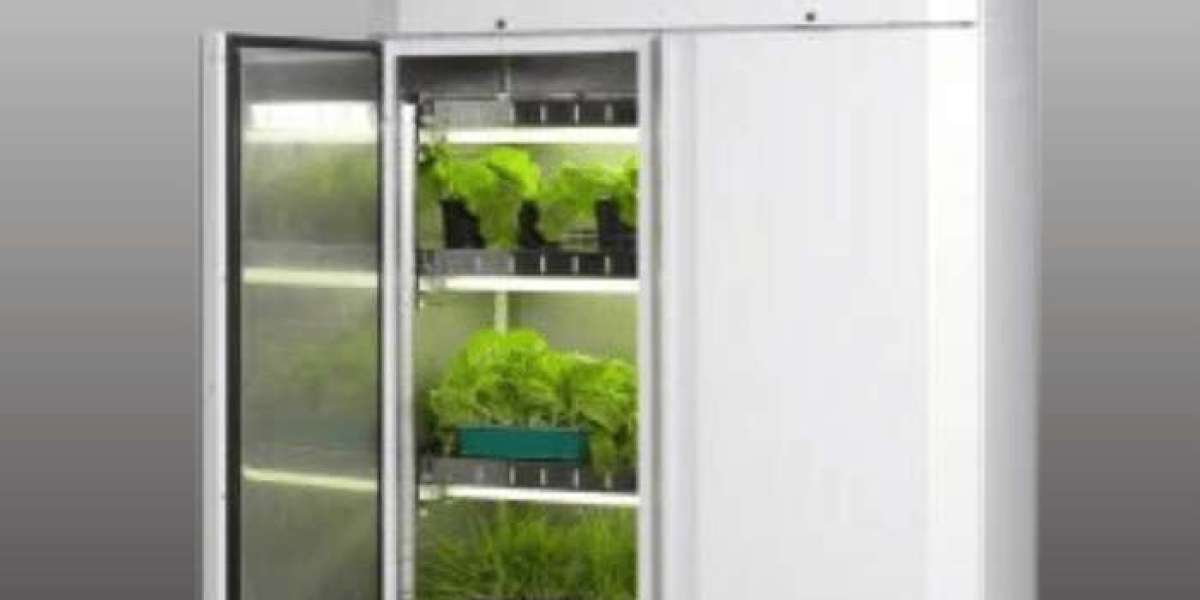These chambers are crucial in plant research, agriculture, and horticulture. Here are some common uses of plant growth chambers:
1. Research and Experimentation:
· Genetics and Breeding: Scientists use growth chambers to study the genetic traits of plants, including their response to different conditions and stressors.
· Physiology Studies: Researchers can control factors such as temperature, humidity, and light to study plant physiology, metabolism, and development under specific conditions.
· Pathology Research: Investigating plant diseases and their effects on plant growth can be done in controlled environments, allowing researchers to isolate and study specific variables.
2. Crop Improvement:
· Breeding Programs: Plant growth chambers are used in breeding programs to develop new varieties with desirable traits such as disease resistance, improved yield, or enhanced nutritional content.
· Seed Testing: Before seeds are released for commercial use, they are often tested in growth chambers to ensure consistent and reliable germination under controlled conditions.
3. Climate Change Studies:
· Impact Assessment: Growth chambers help researchers simulate and study the potential effects of climate change on different plant species by manipulating temperature, humidity, and atmospheric composition.
· Adaptation Strategies: Understanding how plants respond to changing environmental conditions can aid in developing strategies for adapting agriculture to a changing climate.
4. Education and Training:
· Teaching Labs: Plant growth chambers are used in educational settings to teach students to plant biology concepts and experimental techniques.
· Training Programs: Professionals in agriculture and horticulture use growth chambers to train on best practices for plant cultivation and management.








